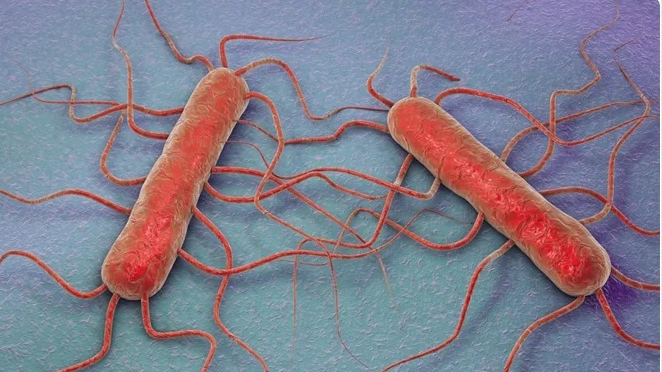The recent Listeria outbreak has raised significant concerns across the United States, causing widespread worry about food safety. This bacterium, found in contaminated food, can lead to severe health issues, especially in vulnerable populations. Understanding the causes of the outbreak and how to prevent it is crucial for ensuring public health and safety.
Understanding Listeria
Listeria monocytogenes is a bacterium that causes listeriosis, a serious infection typically contracted by consuming contaminated food. Unlike many other bacteria, Listeria can thrive in cold environments, such as refrigerated food items, making it particularly dangerous. Common symptoms include fever, muscle aches, and gastrointestinal issues. In severe cases, it can lead to meningitis or septicemia, and it poses a significant risk to pregnant women, newborns, the elderly, and individuals with weakened immune systems.
Recent Listeria Outbreak Details

The latest outbreak has been linked to various ready-to-eat food products, including deli meats, cheeses, and certain produce items. Twenty-eight people infected with the outbreak strain of Listeria monocytogenes have been reported from 12 states.
Out of these, 28 people have been hospitalized, and there have been two reported deaths, one from Illinois and one from New Jersey. In interviews with those affected, 16 of 18 (89%) reported eating meats sliced at deli counters. The investigation is ongoing to determine which specific deli meat may be contaminated. Currently, there is no information indicating that prepackaged deli meats are causing illness.
Causes of the Outbreak
Contamination can occur at multiple points along the food production and distribution chain. Possible sources include:
- Processing Facilities: It can contaminate food during processing if hygiene standards are not strictly followed. Equipment, surfaces, and water used in processing can all harbor the bacteria.
- Improper Storage: Inadequate refrigeration and storage conditions can allow Listeria to thrive. This is particularly concerning for ready-to-eat foods that are not cooked before consumption.
- Cross-Contamination: Contaminated raw ingredients can transfer Listeria to other foods during preparation or packaging.
Prevention Measures for Listeria
Preventing Listeria requires a combination of proper food handling practices, rigorous hygiene standards, and public awareness. Here are some key prevention measures:
For Food Producers
- Maintain Clean Facilities: Regularly clean and sanitize all surfaces and equipment to prevent contamination. Implement strict hygiene protocols for workers.
- Monitor Food Storage: Ensure that all perishable items are stored at the correct temperatures to inhibit bacterial growth. Regularly inspect refrigeration units and storage areas.
- Test for Contamination: Conduct regular testing for Listeria in the production environment to catch any contamination early.
For Consumers
- Practice Safe Food Handling: Wash hands, utensils, and cutting boards thoroughly after handling raw food items. Use separate utensils for different foods to avoid cross-contamination.
- Cook Food Thoroughly: Cook meats and other high-risk foods to their recommended internal temperatures to kill any potential bacteria.
- Stay Informed: Pay attention to food recalls and safety warnings issued by health authorities. Avoid consuming products that have been identified as potential sources of contamination.
The recent Listeria outbreak highlights the importance of stringent food safety measures at all levels, from production to consumption. By understanding the causes and implementing effective prevention strategies, we can minimize the risk of infection and protect public health. Stay informed, practice safe food handling, and follow guidelines to ensure the food you consume is safe.





